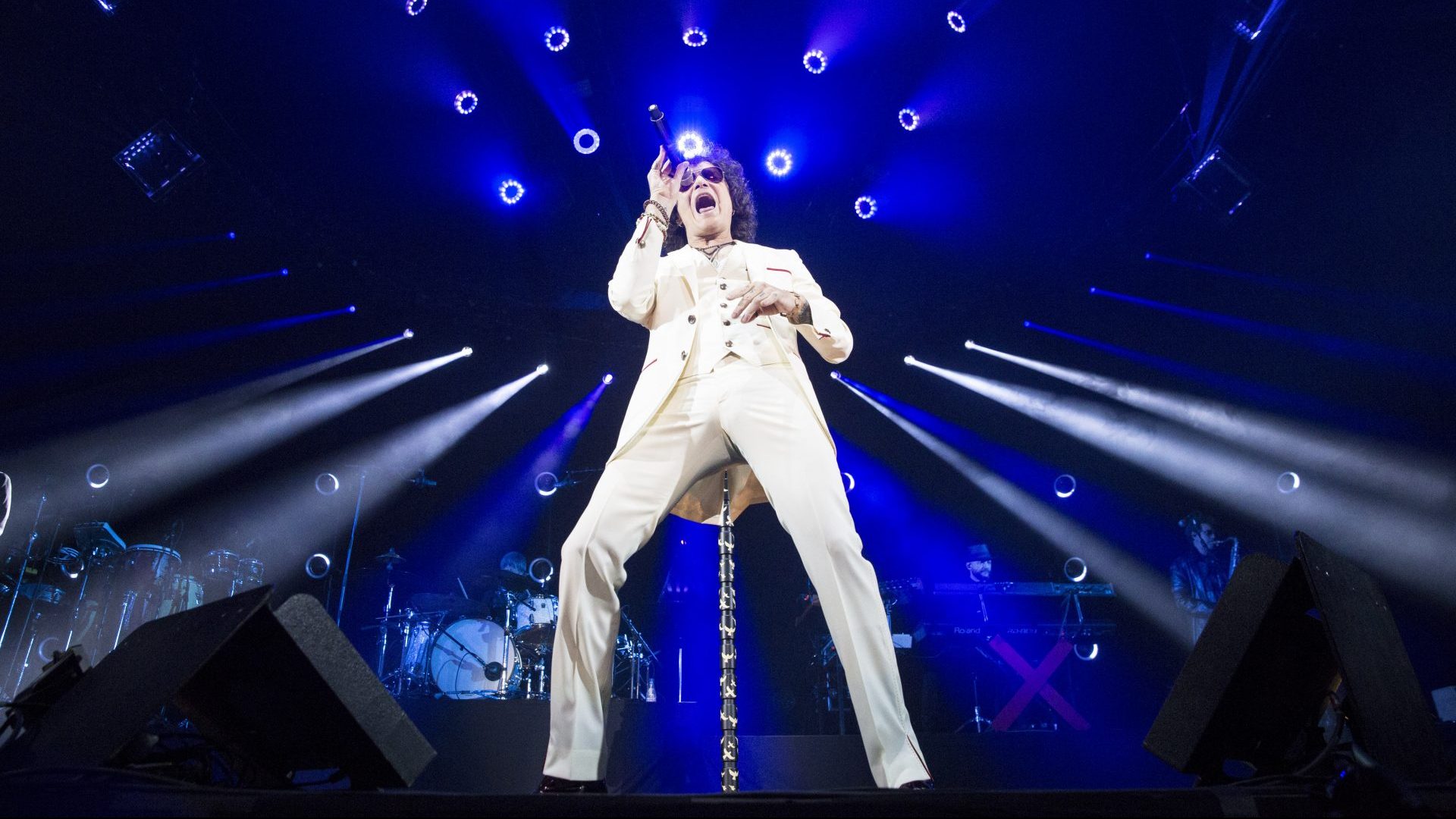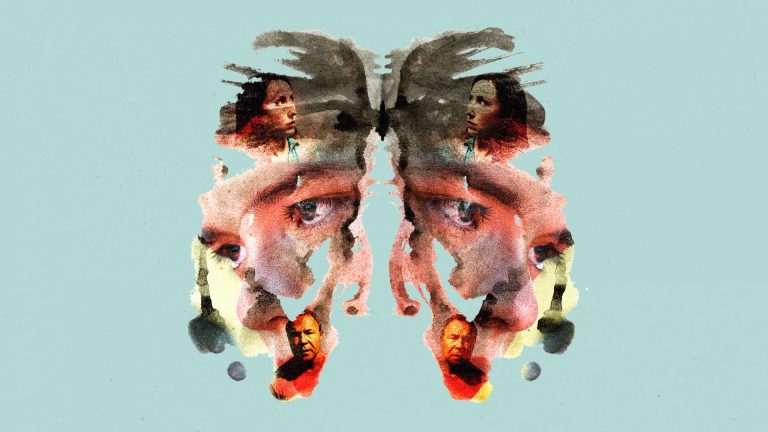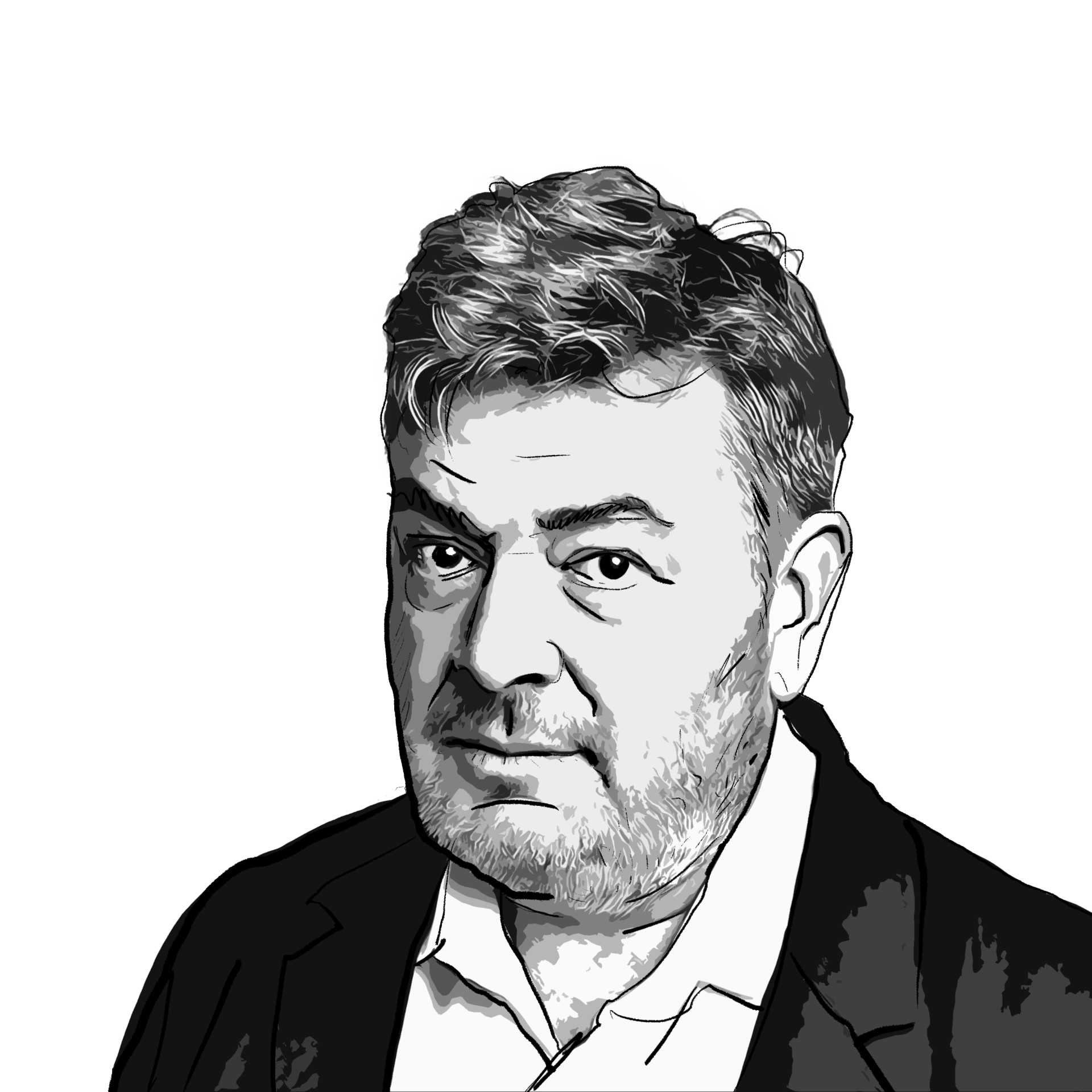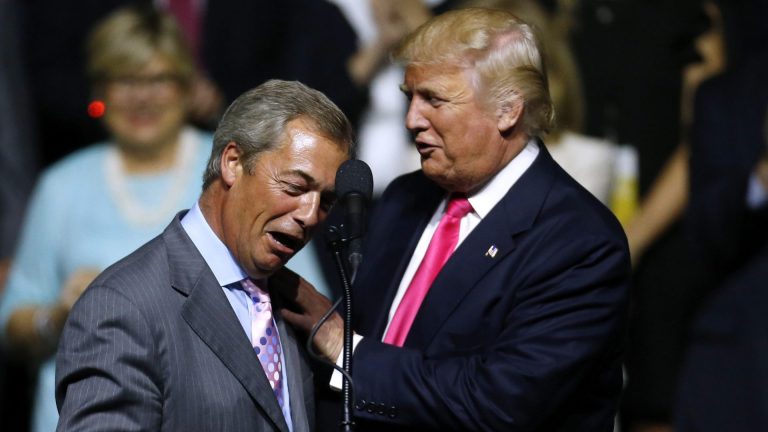The irony was savage. In March 2022, Enrique Bunbury, once the frontman of a band called Héroes del Silencio, announced his retirement from live music because he had lost his voice.
“I started having a convulsive cough that made me unable to sleep at night. I felt sand in my lungs,” he told Billboard earlier this year. A tour was abandoned, with a statement reading: “The reality is that my throat is tight and irritated, and my airways make even the slightest exercise and the execution of my work difficult.”
Yet, as we will see, this would not be the end of Bunbury, a man already used to comebacks. In 2007, over a decade after Héroes del Silencio split acrimoniously, arguably Spain’s biggest-ever band reunited for 11 sold-out shows in Spanish-speaking cities from Guatemala to Los Angeles, culminating with a final date in Valencia that attracted 80,000. The scramble for tickets had been ferocious. A six-hour traffic jam on the road between Alicante and Valencia led to fans abandoning their cars on the motorway to make the concert on time.
At the centre of it all was the cocky, unsmiling and undeniably magnetic Enrique Ortiz de Landázuri. With his stage name taken from The Importance of Being Earnest, he made literary allusions his stock in trade as the band’s lyricist, just as the snake-hipped dynamism of Jim Morrison and Michael Hutchence was his mainstay as its frontman. He is the greatest rock star you’ve never heard of and, backed with the Héroes’ baroque, hard rock sound, they earned a ferocious live reputation.
The Héroes defined an era in Spain, one where the socialist landslide of 1982 brought in sweeping reforms as the country continued to adjust to democracy. They were also a band with a mission to show that European rock did not have to yield to Anglophone tyranny. When MTV asked Bunbury in the early 1990s why he didn’t sing in English, he flipped the question on its head: “I think it’s a great moment for all the European bands singing in their own languages to open to rock music.” And as El espíritu del vino, their career-defining third album, celebrates its 30th anniversary this summer and Bunbury’s own story enters a surprising third act, the story of Héroes del Silencio throws the musical landscape of today into relief.
Zaragoza in the early 1980s was a miniature ecosystem of alternative music as countless little bands picked up the impetus of both the post-Franco movida madrileña counterculture in Madrid and of post-punk from overseas. Héroes del Silencio formed in 1984 from several other local bands – Mark Knopfler-worshipping virtuoso guitarist Juan Valdivia’s Zumo de Vidrio, Bunbury’s Proceso Entrópico and bassist Joaquín Cardiel’s Cure-aping Edición Fríato among them – and at first they were a Simple Minds carbon copy, Bunbury proving a dead ringer for Jim Kerr.
It was a formula that quickly got traction, and influential Radio Zaragoza DJ, Julián “Cachi” Torres, playing the band’s demo tape on his El Selector show was a watershed moment. Two years later, the 1986 Radio Cadena Pop Festival, headlined by Talk Talk, gave the Héroes a national stage, and footage of the event shows Bunbury, still only 19, as hugely self-assured and capable of dominating the largest of stages.
But the Héroes faced a long road ahead. They continued bashing away in the local scene before they finally came to the notice of producer Gustavo Montesano, late of cheesy pop band Olé Olé. Debut EP Héroe de leyenda (1987) was a thoroughly moody affair that sounded like it came of out of Leeds, the cradle of goth, rather than the breathtaking landscapes of Aragon. Nobody in Spain sounded like them and it was make or break – EMI told that band that if they failed to sell 5,000 copies, it would be over for them.
There was something about the mood of Héroe de leyenda that made it the surprise hit of summer 1988 – a time when a new policy on youth unemployment was one of the issues that would lead to a general strike of 8 million people that December. It sold 30,000 copies, and having signed up with Ignacio ‘Pito’ Cubillas, manager to some of the biggest names of the movida madrileña, Héroes del Silencio looked poised on the edge of greatness.
The problems began early. First, the group baulked at EMI’s suggestion they leave provincial Zaragoza for Madrid. Then the overtly commercial production on their debut LP, El Mar No Cesa, led to showdowns with the execs. Released in October 1988, the final version of the album was still radio-friendly but also had the epic overwroughtness of The Mission and The Cult. Still, despite wanting “to make clear that our thing was darkness and rock”, as Bunbury put it, the band were forced to lip sync on light entertainment shows, and they were dismissed as having been manufactured by Montesano, while their good looks and fanbase of teenage girls saw them branded “a hairdresser’s band”.
A boost in credibility arrived in the shape of Phil Manzanera, Roxy Music guitarist and a fluent Spanish speaker. He instantly recognised the band as the real deal when he saw them play in Calatayud, Zaragoza. Bunbury had the home audience eating out of his hand, and Manzanera grasped that El Mar No Cesa had failed to capture the band’s live energy. Senderos de Traición, released in late 1990, was the band finding their true voice. It sold 100,000 copies in Spain in the first week, with lead single Entre dos tierras a dramatic, sexy and compelling rock song with an MTV-worthy video.
Entre dos tierras became a hit across Europe, but by 1992, just as Spain was experiencing mixed fortunes by slipping into recession at the same time the world spotlight was turned on it as Olympic hosts, so were the Héroes. Having reached the pinnacle of success, they were struggling with the pressure, and so followed the standard rock’n’roll playbook – they went to India, took a lot of drugs, and discovered spirituality. It would mark a new era for them, but also herald the beginning of the end.
The Surrey market town of Chertsey is not known for decadence, yet late in 1992 Spain’s premier rock band could be found there spiralling into drug-fuelled chaos. Héroes del Silencio had descended on Phil Manzanera’s Gallery Studios in the town over the Christmas period to make what would become El espíritu del vino. Bunbury’s already highly symbolic lyrics, influenced by Baudelaire and Blake, became even more elaborate, while the sound got harder, echoing Iron Maiden and Led Zeppelin. The album artwork even included mystical symbols for each member of the group in the manner of the latter’s seminal fourth album.
Released in mid-1993, El espíritu del vino had clear international ambition. Despite the determination to sing in Spanish, English translations of the lyrics were given in the liner notes. The visuals moved up a notch too. The black and white video for incendiary lead single Nuestros nombres was shot in the Aragonese desert and had the stark stylishness of Dutch director Anton Corbijn’s work for U2 and Depeche Mode. The La herida video, meanwhile, found an eye patch-wearing Bunbury singing in front of a backdrop of Goya’s Saturn Devouring His Son amid chandeliers crashing to the floor – it was the kind of rock pomp Guns N’ Roses would have been proud of. They would tour the record in 15 countries, including Mexico and Latin America.
In fact, the touring had been incessant over the past half a decade. Exhaustion was setting in. In November Bunbury abandoned a gig in Paris after just a few songs. When tour manager and band father figure Martin Druille was killed in a car crash on New Year’s Eve, and then manager Cubillas – a victim of Spain’s huge hard drug problem – had to be let go, the band were left rudderless.
They would have one last renaissance. 1995’s LP Avalancha was where the Héroes sounded most authentically at ease. Recorded in Los Angeles with Bob Ezrin, it proved they could still harbour dreams of crossing over into the Anglophone rock mainstream, but on their own terms. But, in an ultimate fulfilment of the rock cliches they had always flirted with, creative differences got them in the end. Bunbury wanted to abandon rock altogether. The rest of the band were stunned, and there was no common ground. They split up in October 1996 after a belligerent final gig.
Bunbury wasted no time in recording debut solo album Radical Sonora (1997) with Phil Manzanera. Embracing the kind of industrial and drum and bass sounds David Bowie was popularising at the time, the album was a shock to fans, and the more conservative follow-up Pequeño (1999) was better received, while the acclaimed Flamingos (2002) set him on the path to huge solo success. But as the years rolled on, throat issues – initially dismissed as laryngitis, then vocal cord problems – increasingly plagued the singer.
Yet, despite his 2022 “retirement”, Bunbury returned with his 14th solo album, Greta Garbo, earlier this year, and live dates that extend into 2024. Determined to see what had left him unable to perform, he told Billboard that “after several months of tests with a specialist, [we discovered] that the problem came from a chemical in the smoke on stage called glycol. [It was] a source of satisfaction to know that I physically had no health problems, other than this reaction to a toxic component. I can lead an absolutely normal life and continue with my work.”
Not surprisingly, the new album is very much influenced by the dark times in which he thought he may never sing live again. “At the age of 36 (Garbo) decided to step away from public life,” he has said. “We call that the Greta Garbo syndrome. It’s something that flitted through my life during this period. The thought that I wasn’t going to have that contact with the fans made me reflect in many directions.
“What was going to happen to me? To what extent was it going to be a total farewell? To what extent was it going to isolate me from having that ceremonial contact with the fans? To what extent am I going to miss it much? Is it going to be a blessing? All these reflections appear on the album.”
So Bunbury goes on, but so do the Héroes, at least in their significance. They were the subject of a 2021 Netflix documentary directed by Alexis Morante of Camarón: Flamenco y revolución (2018) fame. Their story speaks to today’s music too.
Non-Anglophone rock still fails to cut through, even as Spanish in particular is embraced in other genres – the success of the Spanish language rap of Bad Bunny versus the quick adoption of English by Italian rockers Måneskin after their 2021 Eurovision triumph telling the story of what a mountain the Héroes had to climb decades before.
And in an age when “legacy” artists carry on forever, ultimately becoming their own tribute acts, the Héroes proved the beauty of brevity, spending less than a decade in the spotlight. They were the voice of young Spain for a moment in time, and checking out in their prime means they always will be.












